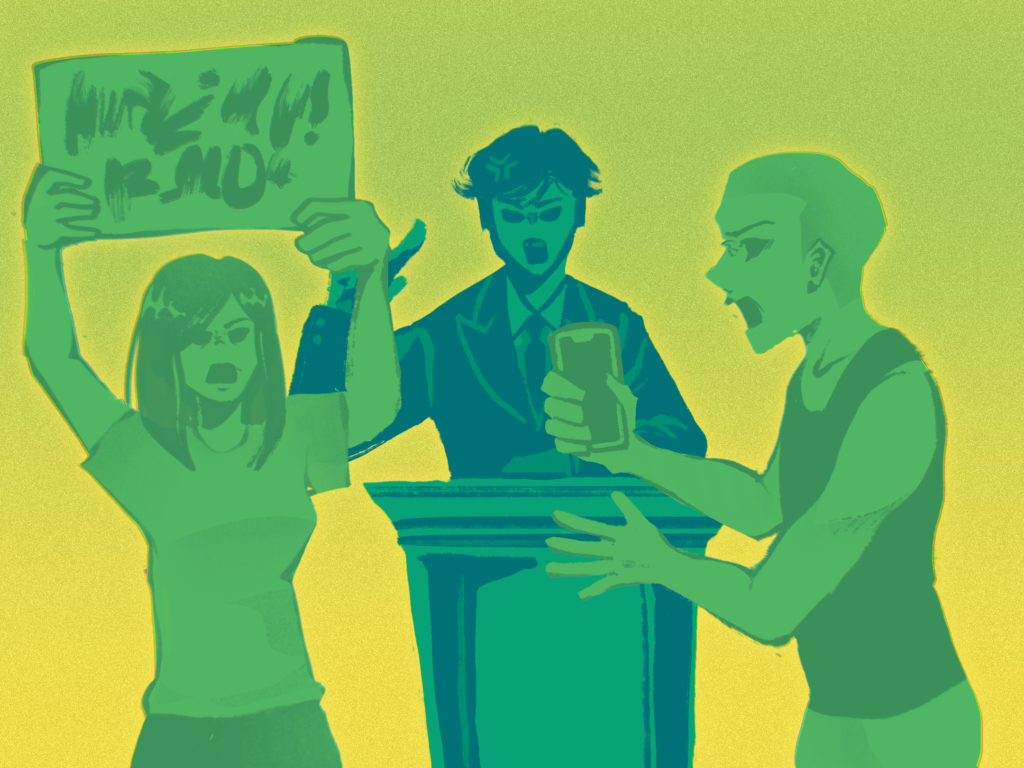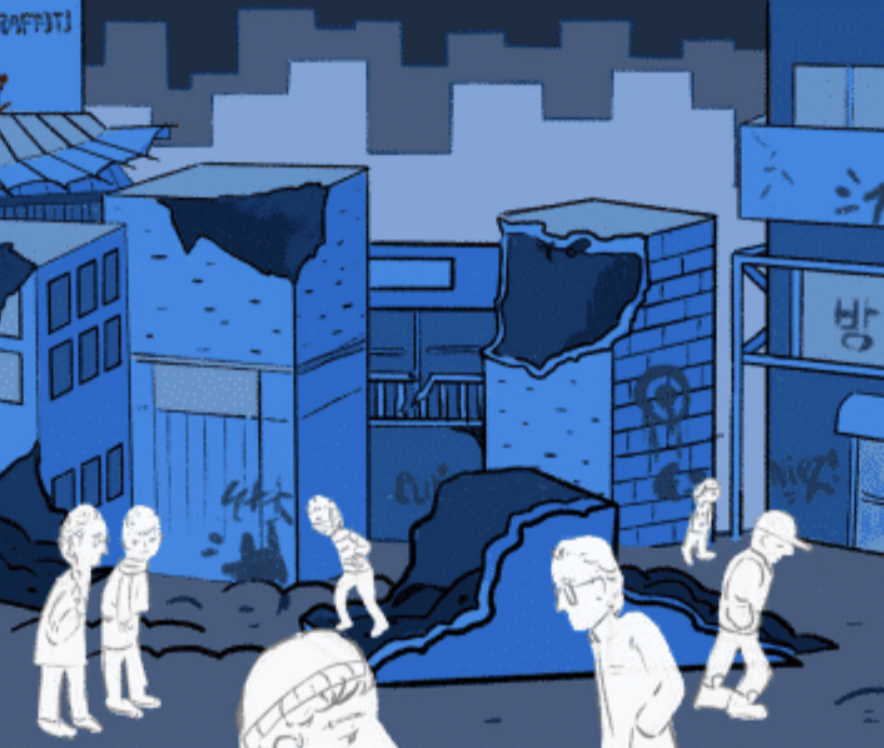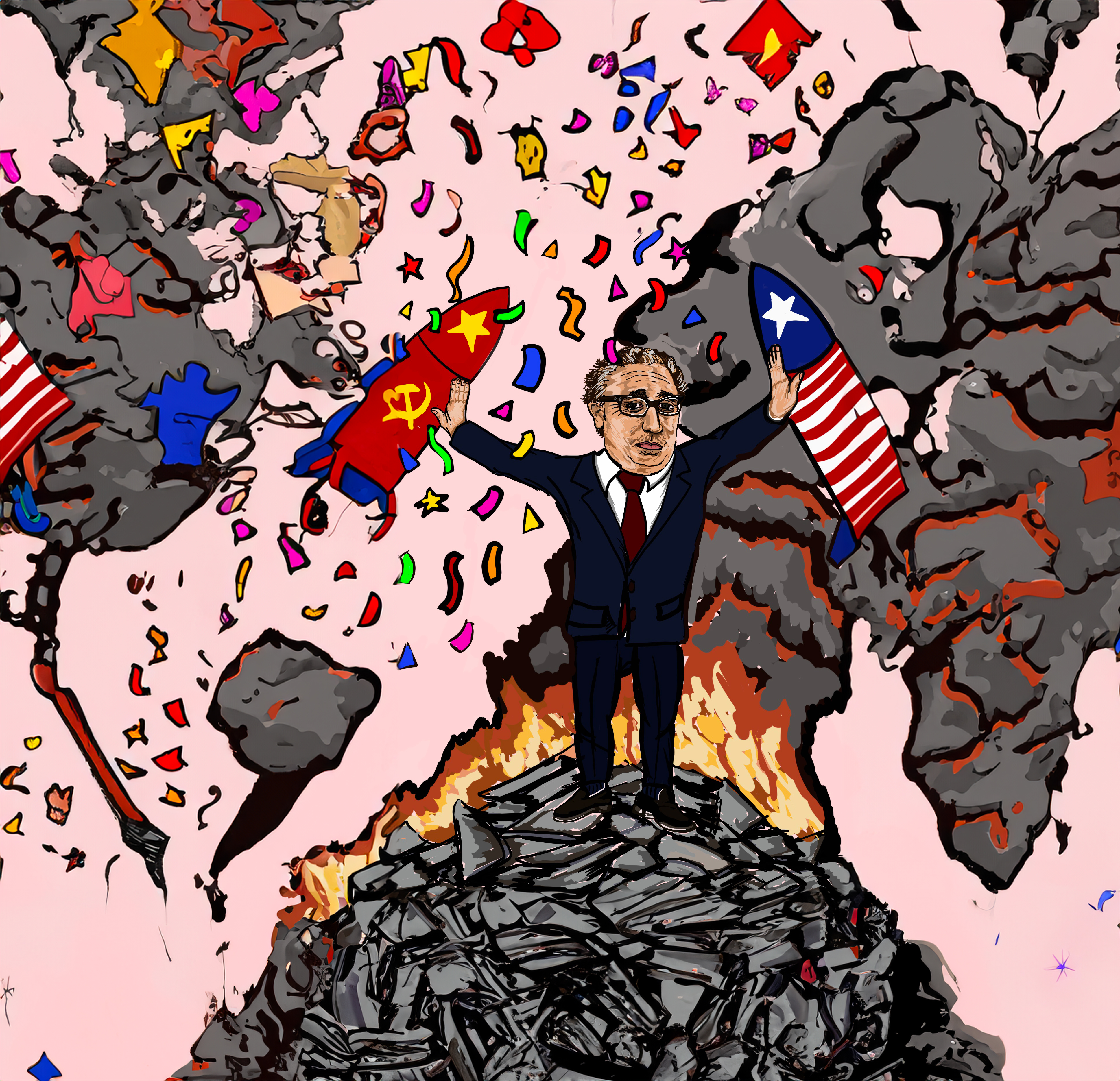Photo Courtesy of Reuters
As Omicron cases continue to rise around the world, the countries most impacted are now forced to choose how best to deal with the rising cases. Hong Kong and Singapore are two cities that have been significantly impacted by this new wave of cases and have implemented drastically different crisis-management measures for its residents. Hong Kong is adhering to China’s “zero-Covid policy,” while Singapore is adopting a “live with Covid” approach.
In a city of 7.5 million people, Hong Kong has been struck by a “fifth wave” of Covid-19 cases. In an increase of new cases and daily records, on February 19, Hong Kong confirmed 6,063 new coronavirus infections and another 7,400 preliminary-positive cases: a thirty-fold increase from the beginning of the week. The Hong Kong government has imposed stringent public policies in an effort to combat the coronavirus. Public gatherings are limited to two people, and masks are required in all public spaces.
Since January 7, all restaurants stopped offering dine-in services from six p.m. to five a.m.. Other venues, including performance venues, bars, hair salons, and gyms are temporarily closed, and schools will be online until at least April 20. In addition, Covid-19 patients now need to quarantine for as little as 14 days, as opposed to the previous 24, provided that they have a negative Covid-19 test. All Covid-19 patients are expected to be admitted to a hospital, but patients awaiting hospitalization who still have not been admitted can also quarantine at home, since hospitals are too overwhelmed by Covid-19 patients with severe symptoms.
Singapore, with a population of 5.7 million, rivals Hong Kong as one of Asia’s most prominent international hubs. Even as cases are hitting record highs with a total of 19,420 reported cases on February 15, the Singaporean government is streamlining and loosening its Covid-19 rules in the city. From February 25, households will only be allowed to have five guests over at any time. When masks are worn, social distancing is encouraged but not mandatory.
Singapore also established its Home Recovery Program (HRP), which, unlike Hong Kong, intends to have Covid patients quarantine at home to avoid overburdening its healthcare system. Those Covid-19 patients eligible will isolate at home for 72 hours and can leave quarantine after a negative test.
For residents and travelers traveling to the two cities, the Covid-19 policies in Singapore are much more tolerable than those of Hong Kong. With research showing increased signs of Covid-19 burnout and pandemic fatigue, the eased restrictions in Singapore allow citizens to spend less time isolated at home and greater movement around the city.
It is important to note, however, that Singapore has key characteristics that are lacking in Hong Kong, allowing it to easily implement the measures it has. This factor is Singapore’s high vaccination rate, where 90% of its total population has already received two doses of the vaccine with even higher vaccination rates among high-risk age groups. Of the 19,420 cases on February 15, 83% were lower-risk individuals with mild to no symptoms. On the other hand, Hong Kong has a 76% vaccination rate, making the transition into “normal” life more difficult. Furthermore, many Hong Kong people live in cramped spaces, with a 15.8 square meter per capita living space, making widespread mandated home quarantine programs, like Singapore’s HRP, unfeasible, thus overburdening its healthcare system. These two cases emphasize the importance that culture has on a country’s resilience to Covid-19.
As Hong Kong and Singapore compete to be the regional financial hub and international business center of Southeast Asia, their ability to respond to and move past Covid-19 will play a major role in their success. With the state of the world in the pandemic changing unpredictably, we will soon learn which of the two strategies is most effective in quelling the virus.




